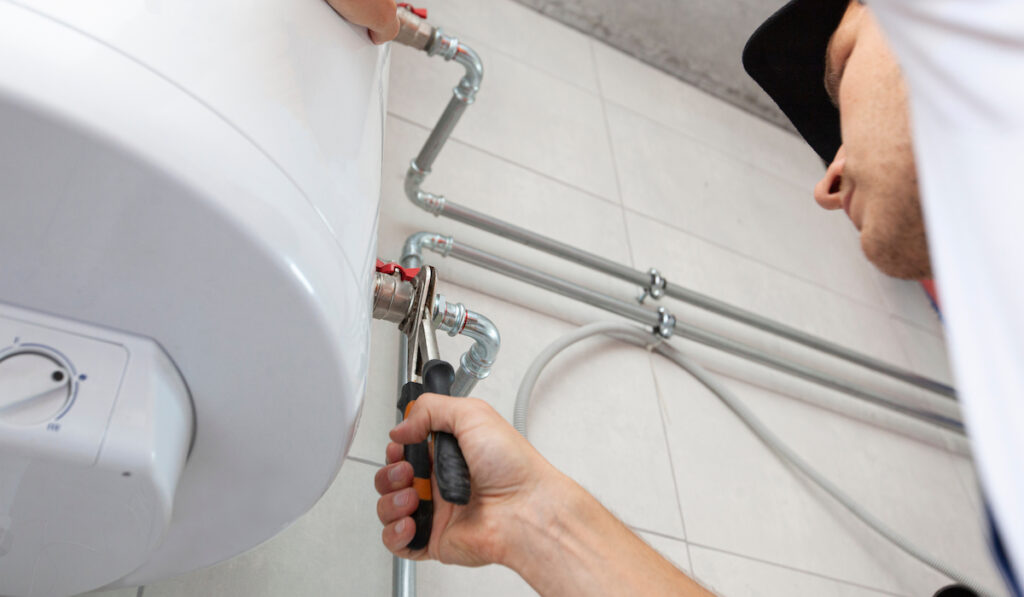How to Prolong the Life of Your Home's Hot Water System Through MaintenanceEffective Techniques for Caring for Your Home's Hot Water SystemSteps to Prolong the Life of Your Home's Hot Water System Through Maintenance
How to Prolong the Life of Your Home's Hot Water System Through MaintenanceEffective Techniques for Caring for Your Home's Hot Water SystemSteps to Prolong the Life of Your Home's Hot Water System Through Maintenance
Blog Article
Are you searching for related information involving Tips For Maintaining Your Hot Water Heater?

Warm water is crucial for everyday convenience, whether it's for a refreshing shower or cleaning dishes. To guarantee your hot water system runs efficiently and lasts much longer, regular upkeep is key. This post offers sensible ideas and insights on just how to keep your home's hot water system to prevent disruptions and expensive fixings.
Intro
Maintaining your home's hot water system might seem difficult, yet with a few simple steps, you can guarantee it operates smoothly for several years to come. This overview covers everything from recognizing your hot water system to DIY upkeep suggestions and recognizing when to hire expert aid.
Relevance of Preserving Your Hot Water System
Regular maintenance not just expands the lifespan of your hot water system but additionally guarantees it operates effectively. Disregarding upkeep can bring about decreased performance, higher power bills, and even premature failing of the system.
Indications Your Hot Water System Demands Upkeep
Understanding when your warm water system needs focus can prevent significant concerns. Watch out for signs such as inconsistent water temperature, unusual sounds from the heater, or rusty water.
Comprehending Your Warm Water System
Prior to diving right into upkeep jobs, it's helpful to recognize the standard parts of your warm water system. Typically, this includes the water heater itself, pipes, anode rods, and temperature level controls.
Month-to-month Upkeep Tasks
Routine regular monthly checks can assist catch minor issues before they intensify.
Flushing the Water Heater
Purging your hot water heater eliminates sediment build-up, enhancing effectiveness and extending its life.
Checking and Changing Anode Rods
Anode poles stop rust inside the container. Checking and replacing them when worn out is crucial.
Evaluating and Readjusting Temperature Settings
Changing the temperature setups makes sure ideal performance and safety and security.
Do It Yourself Tips for Upkeep
You can perform numerous maintenance tasks on your own to keep your warm water system in leading problem.
Checking for Leaks
Regularly evaluate pipes and links for leakages, as these can lead to water damage and greater expenses.
Testing Stress Relief Valves
Examining the stress relief valve ensures it functions appropriately and avoids excessive stress buildup.
Shielding Pipes
Protecting warm water pipelines decreases warmth loss and can save energy.
When to Call a Professional
While DIY upkeep is helpful, some issues require specialist proficiency.
Facility Problems Requiring Specialist Help
Instances include significant leaks, electric troubles, or if your water heater is continually underperforming.
Routine Specialist Maintenance Perks
Professional maintenance can include thorough assessments, tune-ups, and making sure compliance with security criteria.
Final thought
Normal upkeep of your home's warm water system is vital for performance, longevity, and expense financial savings. By following these ideas and understanding when to look for professional assistance, you can make certain a dependable supply of warm water without unanticipated disruptions.
How to Maintain an Instant Hot Water Heater
Before tinkering with your hot water heater, make sure that it’s not powered on. You also have to turn off the main circuit breaker and shut off the main gas line to prevent accidents. Also turn off the water valves connected to your unit to prevent water from flowing into and out of the appliance. 2. When you’re done, you have to detach the purge valves’ caps. These look like the letter “T” and are situated on either side of the water valves. Doing so will release any pressure that has accumulated inside the valves while at the same time avoid hot water from shooting out and burning your skin. 3. When the purge valves’ caps are removed, you have to connect your hosing lines to the valves. Your unit should have come with three hoses but if it didn’t, you can purchase these things from any hardware or home repair shops. You can also get them from retail stores that sell water heating systems. Read the user’s manual and follow it to complete this task properly. When the hosing lines are connected, open the purge port’s valves. 4. You should never use harsh chemical cleaners or solutions when cleaning your unit. Make use of white vinegar instead. It should be undiluted and you’ll probably use about 2 gallons. 5. Now flush your water heater. This task should probably take about 40 minutes. We can’t give you specific directions for this because the procedure is carried out depending on the type, model and brand of your heater. With that being said, refer to the user’s manual. 6. When you’re done draining the unit, you have to turn off the purge port valves again. Remove the hosing lines that you earlier installed on each of the water valves. Put the valve caps (purge port) back in their respective places and be very careful so as not to damage the rubber discs that are found inside these caps. 7. Now that everything’s back in place, check your user’s manual again to find out how to reactivate your water heating system. 8. Once it is working, turn one of your hot water faucets on just to let air pass through the heater’s water supply pipes. Leave the tap on until water flows smoothly out of it. https://www.orrplumbing.com/blog/2014/september/how-to-maintain-an-instant-hot-water-heater/

I recently found that write up on Tips on Maintaining a Water Heater while doing a search on the web. Appreciated our write up? Please share it. Help others check it out. I cherish reading our article about Tips on Maintaining a Water Heater.
Details Here Report this page